The fungus defaces the tree by swelling its well established mycelium along a vertical length of the tree's sapwood, cracking a tear in its bark, to show its ugly face. That would be- a poroidal fruiting body which is spore-bearing, therefore technically a mushroom, which attracts a swarming orgy of moths and insects. What ensues is a competitive form of symbiosis between some 400 species of forest dwelling moths and insects whose larvae feed on these spores and spread them to future birch trees.
The wood attacked by Inonotus obliquus is pierced through by dark lines and stained yellowish to creamy off-white. The habit of the fungus is so characteristic in appearance that it cannot be confused with any other species. After the poroidal basidiocarps (fruiting bodies) emerge from under the bark of its torn host, the fungus quickly dries up, cracks, and breaks into pieces, leaving behind a mesh of scabby dark spots that flake off the ghostly face of each tree killed along its path. The cracks in the wood are filled with mycelium and the pressure of the growing mycelium ultimately splits the wood into plates along the cracks.
Inonotus obliquus is found frequently on both living and dead white and yellow birch trees in the Adirondacks and Appalachian mountain range. Inonotus obliquus produces conspicuous melanized conks of sterile fungal sclerotia on the living trees - this is what most people call Chaga, and brew into teas, tinctures, and potions, for its immune supporting benefits.
The sclerotia's purpose for the fungus is to synthesize protective compounds in order to protect itsef from the living tree host and fuel the growth of the internal mycelium of the fungus as it invades deeper into the sap wood of the tree. Eventually, Inonotus obliquus decays the sap wood, weakening the tree, which then finally dies, or loses half of its trunk or a considerable limb, and succumbs to the virulent invader. The next summer, the basidiocarp (fruiting body) of Inonotus obliquus develops, once, under the recently disrupted bark.
The poroidal Chaga fruiting body will only be viable for a short period of days. It weathers rapidly and generally always becomes quickly eaten by insects and moth larvae. Chaga poroidal mushrooms / fruiting bodies are exceptionally rare, even in good stands Betula alleghaniensis, where infected trees are numerous and sclerotia is plenty.
Fortunately for us, it only takes 1 active Chaga fruiting body to harvest millions of spores. We did it. This brings us one step closer to a regenerative future for wild Adirondack Chaga, and great leaps closer to a more accurate understanding of wild Chaga and its ecological importance.
Check out our best selling chaga products.




Comments (1)
This is very interesting! Great article, and really nice pictures. It looks like fun research and work.